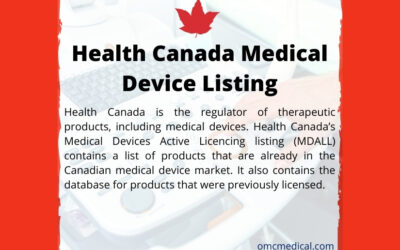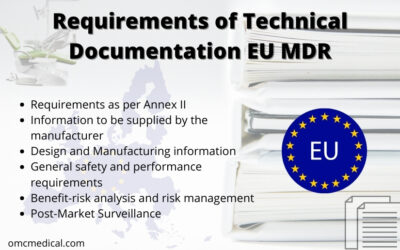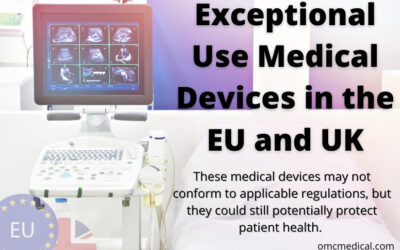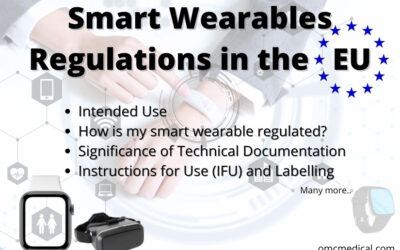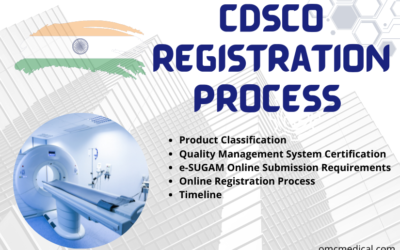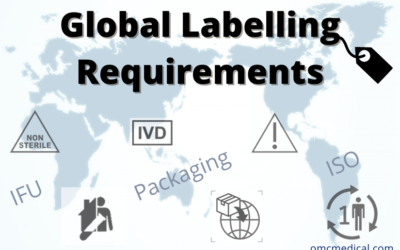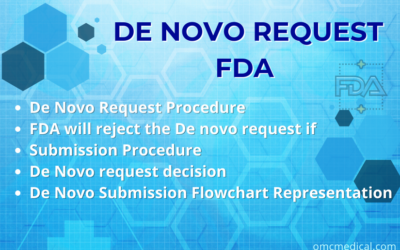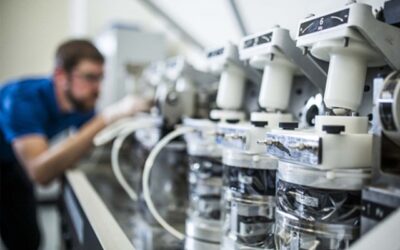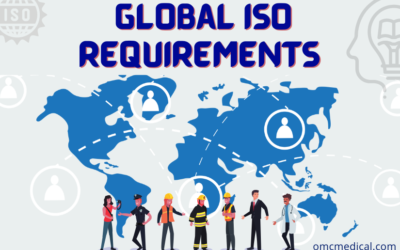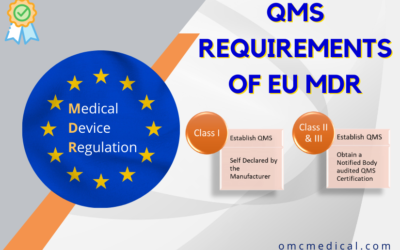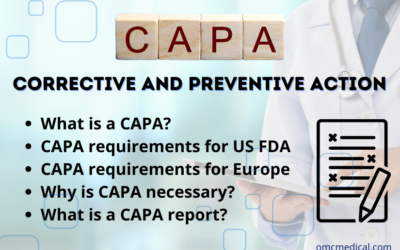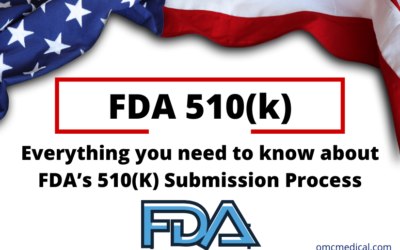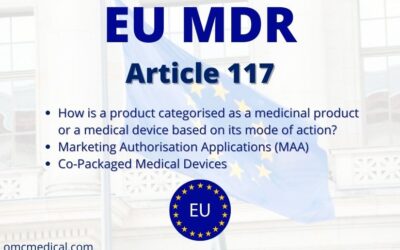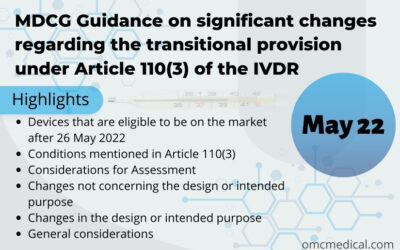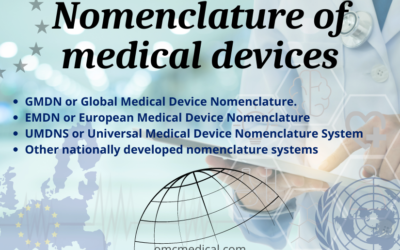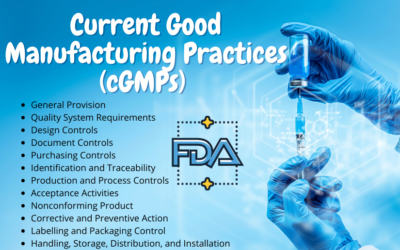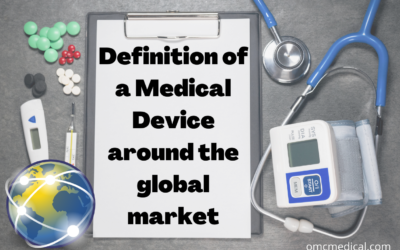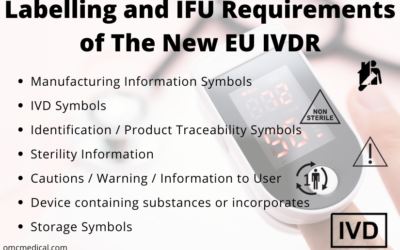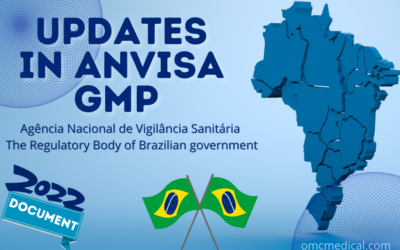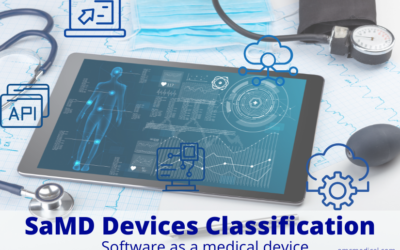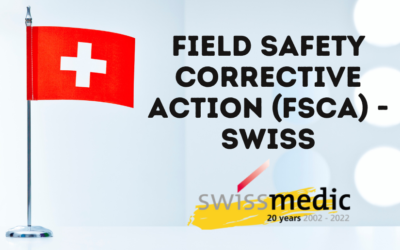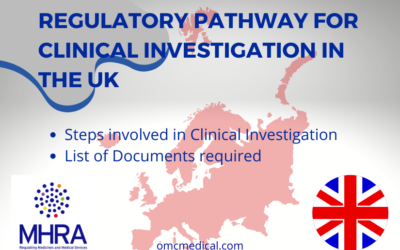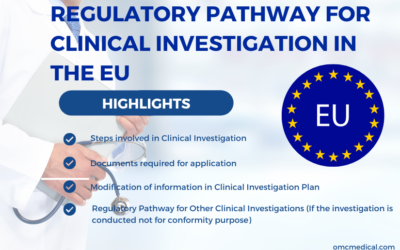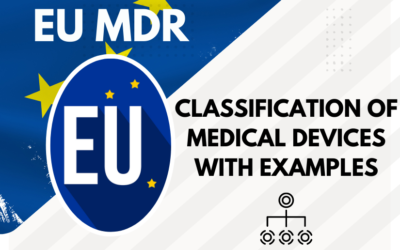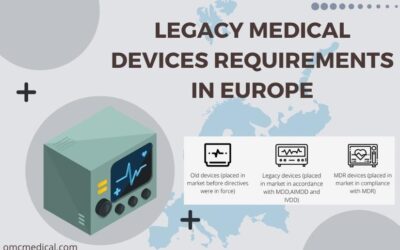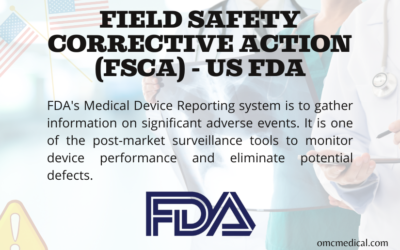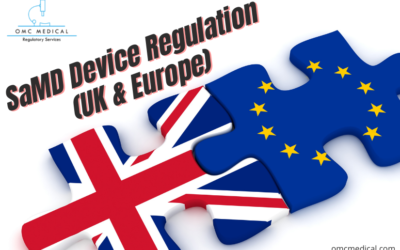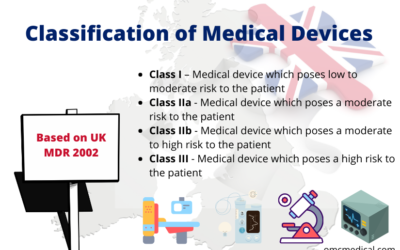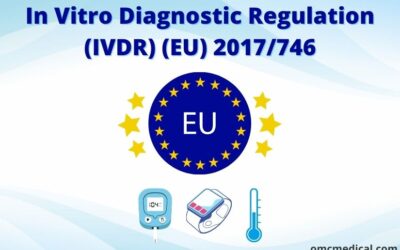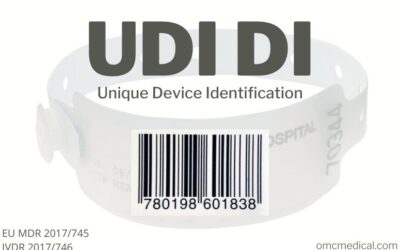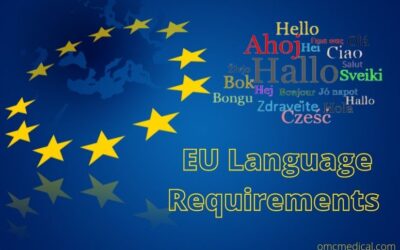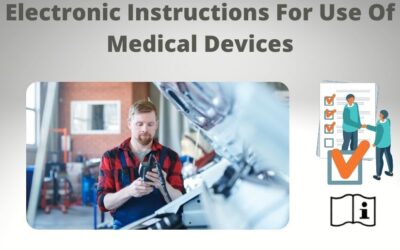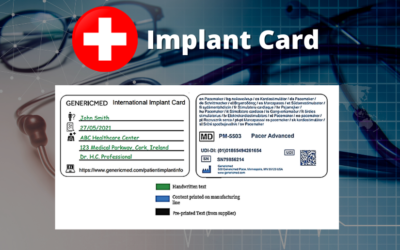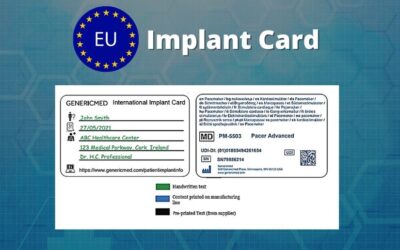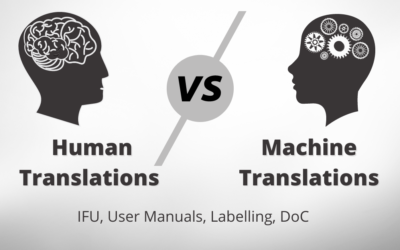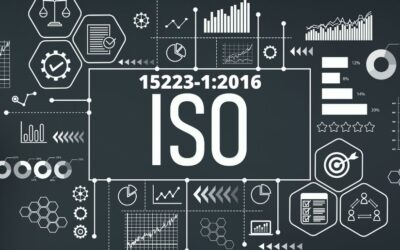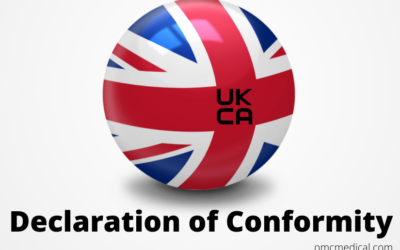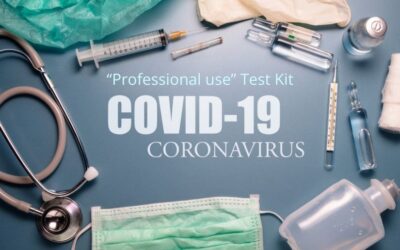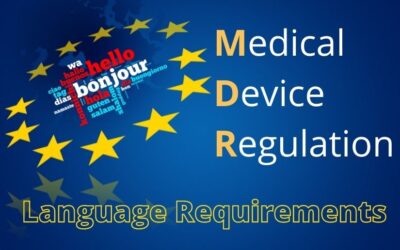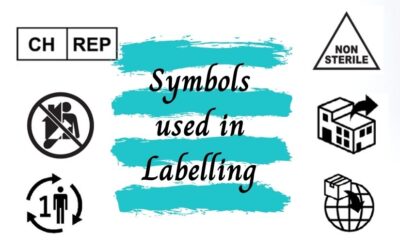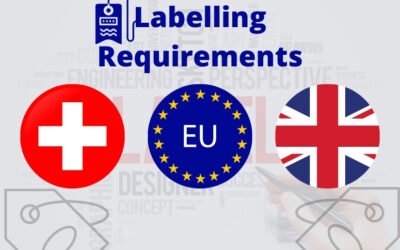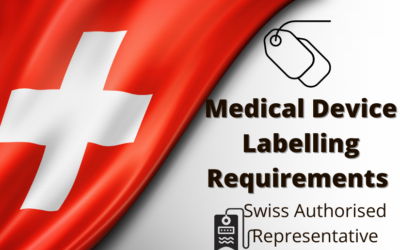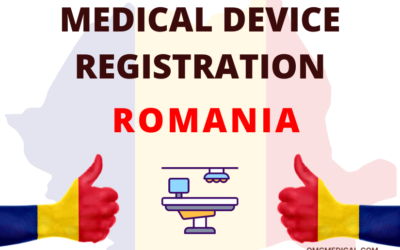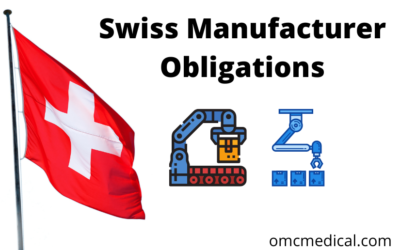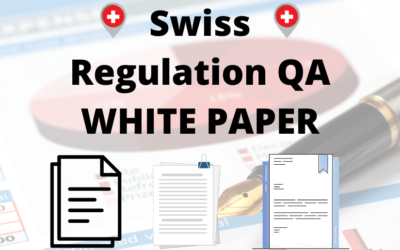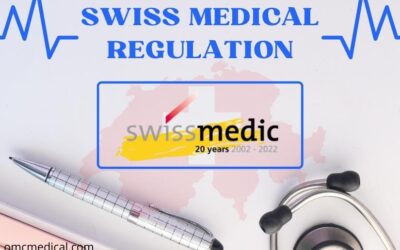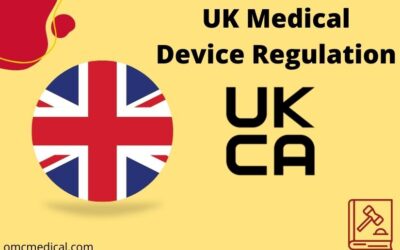Blogs
Health Canada Medical Device Listing
Health Canada is the regulator of therapeutic products, including medical devices. Health Canada’s Medical Devices Active Licencing listing (MDALL) contains a list of products that are already in the Canadian medical device market. It also contains the database for products that were previously licensed.
Testing Standard Requirements around the World
Medical device testing standard- an overview Medical device testing is a crucial step in manufacturing a product. This mandatory process ensures that the medical device is safe and effective. Testing of medical devices proves that the product complies with the...
Requirements of Technical Documentation EU MDR
The technical documentation shall be presented in a clear, organised, readily searchable and unambiguous manner. It shall include all the elements listed in Annex II of EU MDR.
Exceptional Use Medical Devices in the EU and UK
Medical devices that conform to regulations require a conformity marking. Exceptional use medical devices are those that do not comply with regulations of a particular country and do not require a conformity mark. These medical devices may not conform to applicable regulations, but they could still potentially protect patient health.
Smart Wearables Regulations in the EU
Smart wearables technology is gearing up to great potential and becoming a part of our daily lifestyle. While most of them are claimed to fall under general wellness equipment, there is a rising concern about how these devices are regulated in terms of safety without falling under the stringent medical device regulations.
CDSCO Registration Process
The Indian Medical Device Rules regulatory have transformed to be more complicated over the years. The Central Drug Standard Control Organization (CDSCO) regulates medical devices and In-Vitro Diagnostics (IVD) marketed in India. The main official body that is responsible for the approval of the manufacture, import, sale, and distribution of medical devices is the Drug & Cosmetic Act and Rules (DCA).
Global Labelling Requirements
How can we assure that we receive truthful information about a product from the manufacturer? Are Manufacturers/Distributors always honest with their claims? Find out from this article.
De Novo Request | FDA
The De Novo request provides a marketing pathway to classify novel medical devices for which general controls, or general and special controls, provide reasonable assurance of safety and effectiveness for the intended use but for which there is no legally marketed predicate device. De Novo classification is a risk-based classification process.
With the UKCA deadline fast approaching, know what are the key highlight changes that MHRA is bringing into with the Public Opinion
With the UKCA deadline fast approaching and updating the existing regulation UK MDR 2002, MHRA has conducted a public opinion forum, Some of the key highlights are stated below, for your quick review. Transition Timeline The significant update on this forum discussion...
Global ISO Requirements
Ever wondered in this world of difference, is there any common thread amongst different countries? The answer is International Organization for Standardization (ISO). To know more, check out the following article.
Quality Management System Requirements of EU MDR
The quality management system shall cover all parts and elements of a manufacturer’s organisation dealing with the quality of processes, procedures, and devices. It shall govern the structure, responsibilities, procedures, processes, and management resources required to implement the principles and actions necessary to comply with EU MDR 2017/745.
Corrective And Preventive Action (CAPA)
Corrective Action and Preventive Action, or CAPA, is a systematic approach for discovering the root cause of problems and methods to resolve them. CAPA is a mandatory compliance procedure across organisations implementing a Quality Management System (QMS). For any QMS, it is essential to identify the root cause of the problem , take corrective action and prevent the same issue from recurring. This is the objective of CAPA.
FDA’s 510(K) Submission Process
A 510(K) formally known as the Pre-market notification required by the U.S Food and Drug Administration to market medical devices in the U.S geography. The main goal of the 510K submission is to demonstrate that the device to be marketed is safe and effective. The device in question should be a “substantial equivalent” to a predicate device (a predicate device is an existing device which is legally marketed in the U.S).
We will discuss the complete FDA 510(K) submission process in this article.
EU MDR – Article 117
EU MDR’s Article 117, is a very short article, but with a great impact on the procedures for marketing medicinal products integrated with medical devices.
MDCG Guidance on Article 110(3) of the IVDR
MDCG Guidance on significant changes regarding the transitional provision under Article 110(3) of the IVDR aims to provide clarification on the concept of ‘significant changes in the design and intended purpose’. This article applies to manufacturers of devices that comply with Directive 98/79/EC and are placed on the market or put into operation after the transition period ends on May 26, 2022 irrespective of the involvement of notified body under the IVDD.
Nomenclature of Medical Devices
‘Medical devices’ is an umbrella term that includes products for the prevention, diagnosis, and treatment of numerous diseases. Medical devices require an internationally accepted naming to identify the various types and categories. Nomenclature of medical devices helps understand the medical device’s risk class, definition, and use.
Current Good Manufacturing Practices (cGMPs) of the FDA
The cGMP standards ensure products’ identity, strength, quality, and purity by requiring manufacturers to maintain proper control over their manufacturing processes. The “C” in cGMP refers to “Current,” which means that organisations must employ up-to-date technologies and systems to comply with the rules.
Definition of a Medical Device around the global market
The definition of medical devices is a vital factor in almost all regulations worldwide. This is because manufacturers need to know whether their product is a medical device before performing product risk classification and documentation.
Labelling and IFU requirements of the New EU IVDR
Each in-vitro diagnostic medical device must be accompanied by the information necessary to identify the device and its manufacturer and any safety and performance information relevant to the user or any other person. Significant changes brought in EU IVDR from EU IVDD in terms of labelling and Information for use (IFU) requirements are discussed in this article. By 26 May 2022, the IVDR Regulation 2017/745 will be in full effect.
Updates in ANVISA GMP 2022 document
The Good manufacturing practices (GMP) document released on 30th March 2022 for Medical and IVD products replaced the GMP document released by ANVISA in 2013. In this article we will discuss the Significant changes that were made in the latest 2022 Regulations which supersedes the 2013 version.
Top 7 Guidance On Class I Medical Devices
Before marketing their medical devices in Europe, manufacturers must comply with EU Medical Device Regulations (EU MDR 2017/745). MDR ensures that manufacturers meet specific regulatory requirements, and manufacturers of Class I are not exempted from these. This article provides guidance for Class I medical device manufacturers.
Annex XVI – EU MDR
The new Medical Devices Regulation (MDR), which came into effect on May 25, 2017, controls some kinds of devices that are not designed for medical use and are categorised in Annex XVI. These products, like all other medical devices, are required to comply with the MDR’s obligations by the 26th of May 2020.
SaMD Devices Classification
SaMD is software intended for one or more medical purposes that perform these without being part of a hardware medical device. Medical device software is meant to be used, alone or in combination, for a purpose specified in the definition of a “medical device” in the...
Field Safety Corrective Action (FSCA) – Swiss
What is a Field Safety Corrective Action? Any action performed to reduce the risk of death or serious deterioration in health connected with the use of a medical device is referred to as Field Safety Corrective Action (FSCA). The manufacturer is required to take...
Regulatory Pathway for Clinical Investigation In the UK
Clinical Investigation of medical devices follows a different regulatory pathway. A clinical investigation is a systematic study of one or more humans to evaluate a medical device’s safety, clinical performance, and overall effectiveness. Clinical investigation plays a massive role in patient safety. This article is based on the document on Notification of MHRA about a clinical investigation for a medical device.
Regulatory Pathway for Clinical Investigation in the EU
Clinical Investigation of medical devices follows a different regulatory pathway. A clinical investigation is a systematic study of one or more humans to evaluate a medical device’s safety, clinical performance, and overall effectiveness. Clinical investigation plays a massive role in patient safety. The information regarding this article is taken from the guidance documents released by the Medical Device Coordination Group (MDCG).
EU Classification of Medical Devices with Examples
EU Classification of Medical Devices Around the world, the definition of medical devices varies. Still, generally, a medical device is any instrument, equipment, machine, appliance, implant, reagent for in vitro use, software, material, or other similar or related...
Summary of Safety and Clinical Performance (SSCP)
Summary of Safety and Clinical Performance (SSCP) acts as a vital document that allows the public to access information quickly. The information in the SSCP can be sourced entirely from the technical file. The technical file consists of the Post Market Surveillance...
LEGACY MEDICAL DEVICES REQUIREMENTS IN EUROPE
Legacy medical devices include all previously regulated devices under the Medical Devices Directives (MDD 93/42/EEC 90/385/EEC) and In-vitro Diagnostic Devices Directive (IVDD 98/79/EC). Medical Device Coordination Group (MDCG) published the guidance documents on the...
Field Safety Corrective Action (FSCA) – US FDA
What is Medical Device Reporting? Medical Device Reporting (MDR) is one of the FDA's post-market surveillance techniques for monitoring device performance, detecting potential device-related safety concerns, and contributing to device benefit-risk assessments. There...
7 SaMD Device Regulation (UK & Europe)
Under both the EU MDR and the EU IVDR, the MDCG rules specify the conditions for a product to qualify as medical device software (MDSW). An MDSW product can enter the market in one of the ways: As a standalone medical device or As a component of another...
ISO 20417:2021 – Information to be supplied by the Manufacturer
Engineered medical devices are introduced to the market for use in clinical scenarios. From a user’s perspective, the safe and effective usage of a medical device is highly influenced by providing appropriate accompanying information with the device labels and user...
Classification of Medical Devices Based on UK MDR 2002
The classification of medical devices in the UK market will be based on UK MDR 2002 from 1st January 2021. Medical devices are classified into a particular class based on the level of risk they pose to the patient and according to the intended purpose of use. The...
In Vitro Diagnostic Regulation (IVDR) (EU) 2017/746
The IVD medical devices Regulation (EU) 2017/746 (IVDR) brings EU legislation into line with technical advances, changes in medical science, and progress in law-making. The new Regulation creates a robust, transparent, and sustainable regulatory framework recognised...
UDI DI
UDI-DI On 5 May 2017, the EU published the new EU MDR 2017/745 and IVDR 2017/746 regulations in which they formally introduced the UDI system in the EU. The UDI comprises the following components A device identifier (UDI-DI) A production identifier (UDI-PI) The Basic...
EU Requirements for Translations
Under the Medical Devices Directive (MDD), it is required that manufacturers have translations of the technical documents like Instructions for Use. However, this rule wasn't strictly followed up until MDR was brought in place. The European Union's language...
Electronic Instructions For Use Of Medical Devices
Commission Regulation (EU) No 207/2012 on electronic instructions for use of medical devices was published on 9 March 2012 and came into effect on 1 March 2013. There are 10 articles in this regulation. It establishes certain requirements for the “instructions for...
Implant Card for Switzerland
Implant Cards in Switzerland For implantable products, the manufacturer must provide the product information required under Article 16 of MedDO, the information required under Article 18 paragraph 1 EU-MDR and must include the implant card. In Switzerland, the implant...
Implant Cards for Europe
The European Union’s Medical Device Regulation (MDR 2017/745) introduces a new requirement for manufacturers producing implant cards for medical devices. As per EU MDR, implantable devices are any devices, other than the active implantable devices, that are partially...
Importance of Human Translations vs Machine Translations
Human translation Human translations produce accurate results because it involves at least one language expert. Translations, with a human touch to them, are precise because of the in-depth knowledge that translators carry Human translations are done by native...
ISO 15223-1: 2016
Many countries demand that medical devices provide textual information in their local language. When different languages are incorporated on a single label or piece of paperwork, this can cause issues with translation, design, and logistics. Users of medical devices...
Different Levels Of Labelling
The different levels of labelling are related to the different levels of packaging. There are 3 levels of packaging which corresponds to the levels of labelling. 3 Levels of Packaging corresponds to Levels of Labelling Primary Packaging (Levels of Labelling) The...
UK Declaration of Conformity
After Britain leaving the EU, there have been many changes in the regulations regarding medical devices. An example of this is the UK’s Declaration of Conformity. UK Declaration of Conformity (DoC) is a technical document that products with UKCA marking should...
EU Declaration of Conformity
The Declaration of conformity (DoC) is one of the key documents within technical documentation. Technical documentation is necessary for manufacturers as this is a detailed record that provides essential information on the design, manufacture, and operation. EU...
“Professional use” Test Kit – Procedure for registration in UK
"Professional use" Test Kit - Procedure for registration in UK Novel Corona Virus Disease 2019 (COVID-19) is a different variety of disease that has never been seen in humans before, impacting being a pandemic, and affecting the world since the year 2020. One of...
EU MDR – Language Requirements
October 2021. The EU MDR 2017/745 brings more safety to the device in the European market. As part of the Safety measure for the largest medical device market in the world EU Union has made measures to make sure the product sold in the EU market is accessible...
Symbols used in Labelling
There are multiple symbols used in labelling, but what are the harmonised standards that are internationally accredited. ISO 15223-1: 2021 – Medical Device Symbols released in July 2021 provides standardised symbols recognised by the international community. European...
Labelling Requirements
Economic Operator Swiss EU UK AR/RP CH REP on the product label. Name and Address of the registered place of business. OMC Swiss AR Address: OMCS Medical Gmbh C/O Mr Wilhelm Gudelow Aegeristrasse 5 6300 Zug EU AR on the product label. Name and Address of the...
Labelling Requirements – Swiss Authorized Representative
Labelling Requirements – Swiss Authorized Representative Written, printed, or graphic information appears either on the device itself or on the packaging of each unit or the packaging of multiple devices (Art. 2 point 13 MDR). Timeline for Information on Indication of...
MEDICAL DEVICE REGISTRATION IN ROMANIA
How OMC Medical can assist you with MEDICAL DEVICE REGISTRATION IN ROMANIA? Act as your Romanian AR Help you with the Romanian registration by filling in the form and registering the medical device with the NAMMD authorities. Translate your documents to Romanian for...
Swiss Manufacturer Obligations
1. Manufacturers outside Switzerland will need to appoint Swiss AR. 2. The Manufacturer will use commercially reasonable efforts to update its technical documentation for the devices, to comply with the requirements of the ordinance, and to complete a conformity...
Switzerland AR Responsibilities
Obligations of the Switzerland AR Responsibilities 1. Verify the DoC and technical documentation have been drawn up and where necessary conformity assessment procedure has been carried out. 2. Keep available a copy of the technical documentation, the declaration of...
Swiss Regulation QA WHITE PAPER
MEDICAL DEVICE REGULATION UPDATE IN SWITZERLAND 1. Who is responsible for medical device regulation in Switzerland? The Swiss Agency regulates medical devices for Therapeutic Products (Swiss medic) 2. Which current Switzerland medical device regulations need to be...
Switzerland Medical Device Regulations
Switzerland Market Situation As the Institutional Agreement is missing (InstA) is missing, the EU has not updated the Mutual Recognition Agreement (MRA) No barrier-free access to the EU internal market Swiss has been downgraded to the third country Swiss manufacturers...
UK Medical Device Regulation
UK Medical Device Regulations UK Medical Device Regulation Role of MHRA Perform market surveillance of medical devices on UK market and will be able to take decisions over the marketing and supply of device in the UK. Responsible for designation and monitoring of UK...
EU Authorised Representative
EU Authorised Representative EU MDR Responsibilities of EU Authorised Representative • When a device manufacturer is established outside of the European Union, the manufacturer needs to appoint an authorised representative to place the medical device in one of the...
Switzerland Authorised Representative
Medical devices are regulated by: the Swiss Agency for Therapeutic Product Manufacturer Responsibility Ensuring medical devices are placed on the market is in accordance with the requirement of the medical device ordinance. Affixing the conformity mark and carrying...

